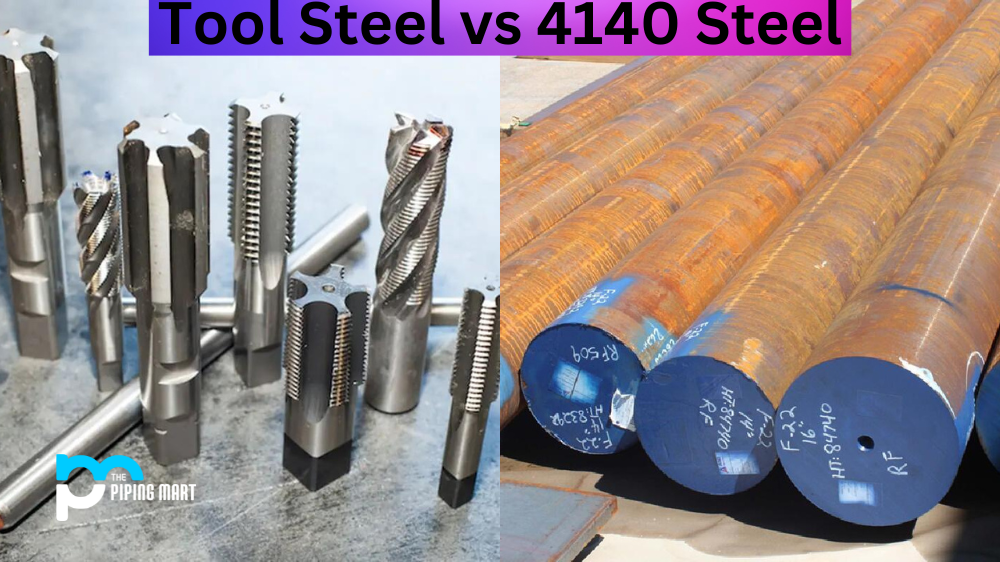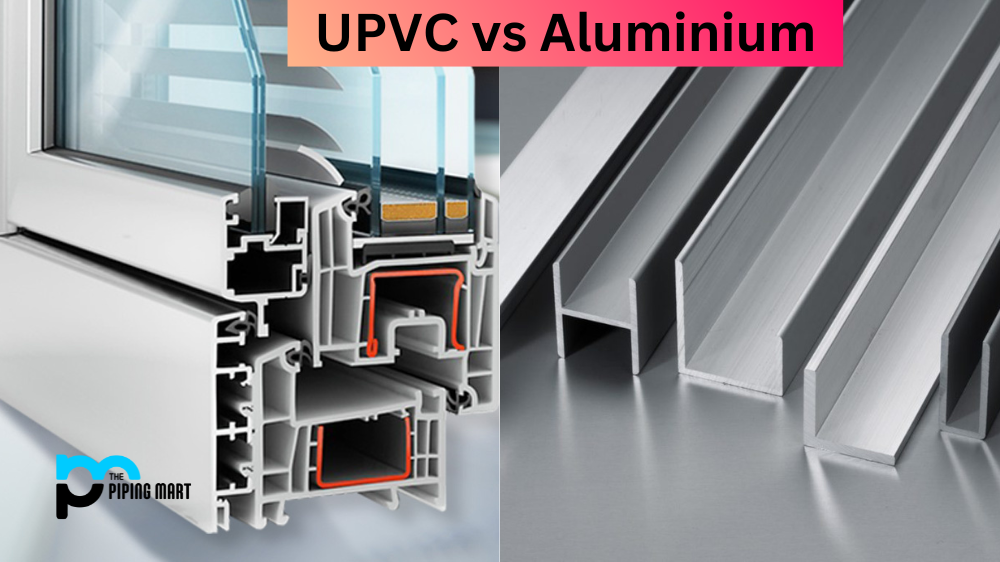For those of you in the manufacturing industry, you know that it’s important to use the right type of steel for your project. But what’s the difference between tool steel and 4140 steel? Let’s explore the properties of each type of steel and how they may be applied to different projects.
What is Tool Steel?
Tool steel is a grade of carbon alloy that contains a high amount of carbon, usually between 0.60%-1.5%. It also contains additional elements such as manganese, chromium, tungsten, or molybdenum. The addition of these elements gives the steel increased strength and wear resistance when compared to other steels. This makes tool steel ideal for applications where strength and durability are paramount, such as cutting tools or dies used in manufacturing processes. However, due to its high hardness, tool steel can be prone to chipping or breaking if not used properly.
What is 4140 Steel?
4140 steel is also an alloyed form of carbon steel but with a lower carbon content than tool steel – usually between 0.37%-0.44%. As with tool steels, 4140 also includes additional elements such as chromium and molybdenum, which give it increased strength and wear resistance when compared to other steels. Unlike tool steels, however, 4140 is not as hard and, therefore, not as brittle, making it more resistant to chipping or breaking under shock loads during use. This makes 4140 better suited for applications such as shafts or gears where impact loading may occur during use.
Difference Between Tool Steel and 4140 Steel
Types of steel
There are a variety of different types of steel, each with its own properties and applications. Tool steel is a type of steel that is designed for use in tools, such as hammers and chisels. 4140 steel is a type of steel that is often used in the manufacturing of machinery and equipment.
Tool steel properties
Tool steel is known for its hardness, which allows it to withstand high temperatures and wear. It is also resistant to corrosion and can retain its shape well. 4140 steel also has a high level of hardness, but it is not as resistant to wear as tool steel. It is also less resistant to corrosion than tool steel.
Tool steel applications
Tool steel is commonly used in the manufacturing of cutting tools, such as saw blades and drill bits. It is also used to make dies, punches, and other tools that are subject to high levels of wear. 4140 steel is often used in the manufacture of machinery and equipment, such as tractors and bulldozers.
4140 Steel Properties
4140 steel has a high level of strength and toughness, making it ideal for use in applications where high levels of force are required. It also has good weldability, meaning it can be joined together using welding techniques. However, 4140 steel is not as hard as tool steel and is not as resistant to wear.
4140 Steel Applications
4140 steel is often used in the manufacture of shafts, gears, and other parts that are subject to high levels of stress. It is also used in the construction of buildings and bridges due to its high level of strength.
Conclusion:
When it comes time to decide which type of steel to use for your project, it’s important to understand the differences between tool steel and 4140 so that you can make an informed decision based on your application requirements. Tool steels offer superior strength but can be susceptible to chipping or breaking under shock loads, whereas 4140 has less strength but offers greater impact resistance due to its lower hardness level making it better suited for certain applications such as shafts or gears where impact loading may occur during use. Understanding these differences will help ensure that you choose the right type of steel for your project needs!

Abhishek is a seasoned blogger and industry expert, sharing his insights and knowledge on various topics. With his research, Abhishek offers valuable insights and tips for professionals and enthusiasts. Follow him for expert advice on the latest trends and developments in the metal industry.




